
The Taj Mahal, an architectural marvel nestled in the city of Agra, India, is not only a symbol of eternal love but also a testament to human ingenuity and craftsmanship. While the Taj Mahal is widely recognized for its stunning beauty, there are several intriguing facts about this iconic monument that remain lesser-known. Prepare to be amazed as we uncover ten mind-blowing Taj Mahal facts that will leave you in awe.
1. Taj Mahal Facts About Changing Colors
One of the most fascinating aspects of the Taj Mahal facts is its ever-changing colors throughout the day. At sunrise, the monument appears soft pink, then transforms into a brilliant white during daylight. As the sun sets, the Taj Mahal takes on a mesmerizing golden hue. This visual spectacle adds to its allure and creates an enchanting experience for visitors.
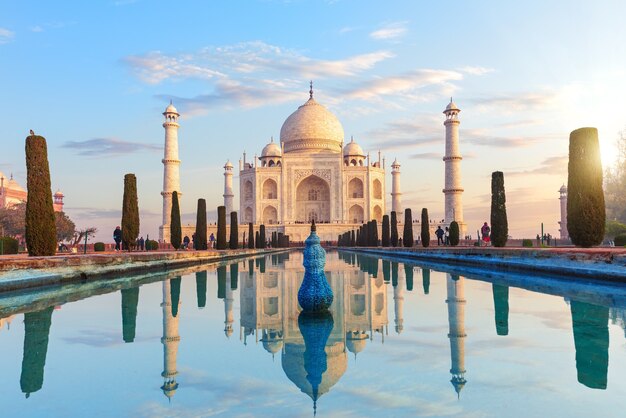
2. The Architectural Precision
The Taj Mahal is a masterpiece of architectural precision. Despite its massive size and intricate details, the monument remains perfectly symmetrical. The four minarets surrounding the main structure are slightly tilted outward, designed to prevent them from falling onto the main tomb in the event of an earthquake.
3. The Monument’s Optical Illusion
While the Taj Mahal appears to be the same size from any angle, it is actually an optical illusion. The architect cleverly scaled down the proportions of the structure towards the top, creating an impression that the Taj Mahal is larger than it actually is. This technique is known as “entasis” and adds to the monument’s visual grandeur.
4. The Precious Gemstone Inlays
The intricate patterns adorning the Taj Mahal’s walls are not painted or carved; they are made of semi-precious gemstones skillfully inlaid into the marble. These gemstones include lapis lazuli from Afghanistan, turquoise from Tibet, and jade from China. The exquisite craftsmanship and attention to detail make these inlays a true marvel. #Taj Mahal facts

5. The Hidden Calligraphy
Among the decorative elements of the Taj Mahal, there is a hidden message inscribed in calligraphy throughout the monument. Verses from the Quran, the holy book of Islam, are beautifully written in Arabic script. The calligraphy, done by skilled artisans, adds an element of spirituality and reverence to the overall design. #Taj Mahal facts
6. The Movable Ornaments
Atop the Taj Mahal’s minarets, there are finials (crescent-shaped ornaments) made of gold. What many people don’t know is that these finials are not fixed; they are designed to be movable. This unique feature allows the finials to deflect lightning strikes, protecting the monument from potential damage. #Taj Mahal facts
7. The Mythical Black Taj Mahal Facts
Legend has it that Emperor Shah Jahan had plans to build a mirror-image of the Taj Mahal on the opposite bank of the Yamuna River. This mythical structure, known as the Black Taj Mahal, was said to be made of black marble. However, historical evidence suggests that this was merely a popular myth and the Black Taj Mahal was never built. #Taj Mahal facts
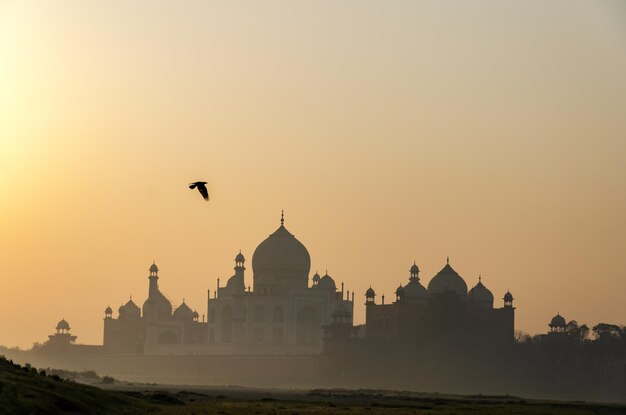
8. The Taj Mahal’s Environmental Protection
To protect the Taj Mahal from pollution and environmental damage, strict measures have been implemented in the surrounding area. Industries and factories that emit pollutants have been relocated to reduce air pollution, and the use of coal and coke as fuel has been prohibited. These efforts ensure the preservation of the monument’s pristine white marble. #Taj Mahal facts
9. The Taj Mahal’s Eternal Reflections
Adjacent to the Taj Mahal, there is a large reflecting pool known as the “Charbagh.” This pool is precisely aligned with the monument’s axis, creating a breathtaking reflection of the Taj Mahal. The mirrored image creates an illusion of the Taj Mahal floating on water, adding to the ethereal beauty of the site. #Taj Mahal facts
10. The Taj Mahal’s Timeless Inspiration
The Taj Mahal has served as a significant source of inspiration for numerous works of art, literature, and even architecture. Its majestic beauty and enduring love story have captivated artists and writers across the globe. The Taj Mahal’s influence can be seen in various architectural designs, especially those inspired by Mughal and Islamic art.
The Taj Mahal is not just a remarkable architectural wonder; it is a testament to the power of love, human creativity, and meticulous craftsmanship. These mind-blowing facts about the Taj Mahal reveal the depth and complexity behind its stunning facade. When you visit this incredible monument, take a moment to appreciate the hidden stories and extraordinary details that make it one of the world’s most beloved treasures. #Taj Mahal facts
FAQs
- Q: How long did it take to build the Taj Mahal?
- A: The construction of the Taj Mahal took approximately 22 years to complete.
- Q: Who built the Taj Mahal? A: The Taj Mahal was commissioned by Emperor Shah Jahan as a mausoleum for his wife, Mumtaz Mahal.
- Q: Can you go inside the Taj Mahal? A: Yes, visitors are allowed to enter the Taj Mahal and explore its interior, except for the actual tombs.
- Q: Is the Taj Mahal sinking? A: Over the years, the Taj Mahal has experienced some sinking, but conservation efforts are in place to address this issue and maintain its stability.
- Q: What is the best time to visit the Taj Mahal? A: The early morning hours are considered the best time to visit the Taj Mahal when the crowds are relatively low, and the soft morning light enhances its beauty.



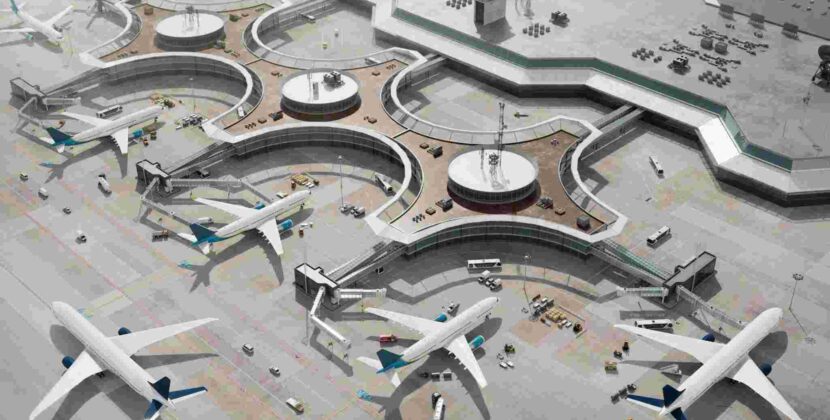






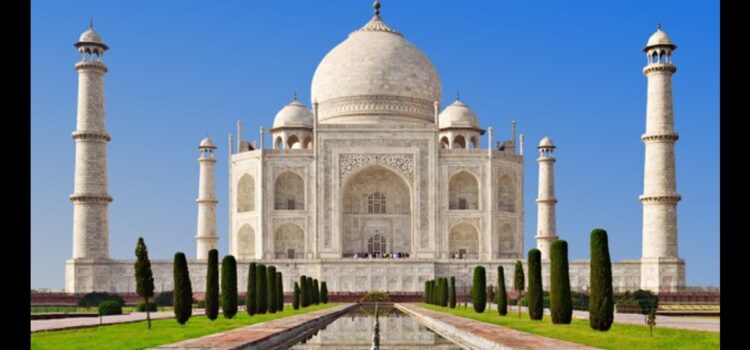



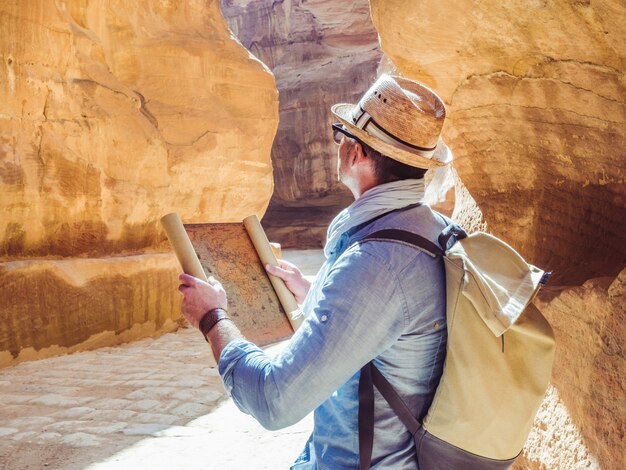
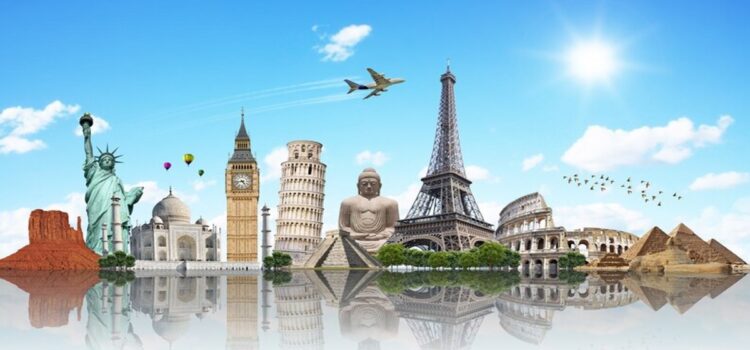




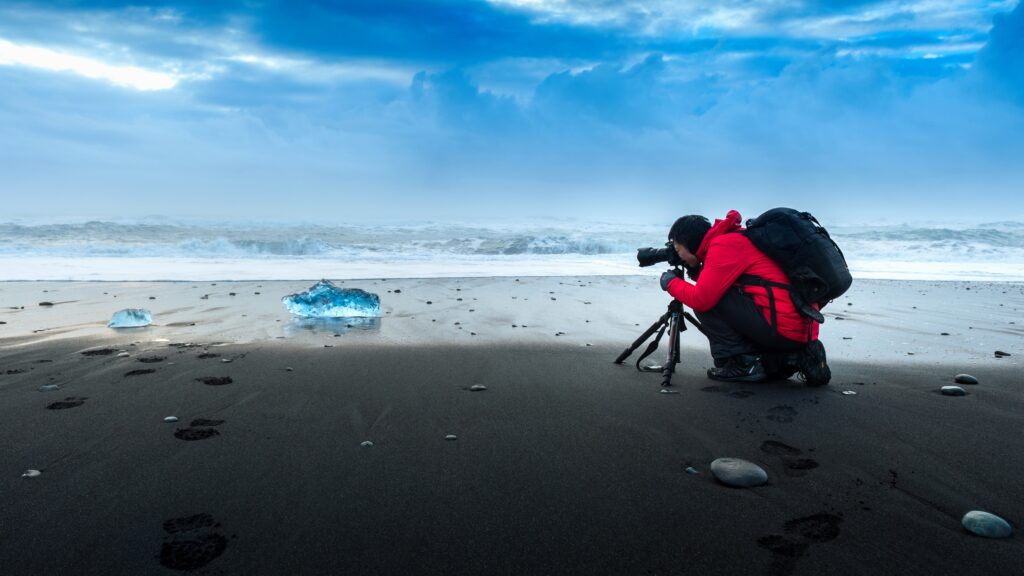
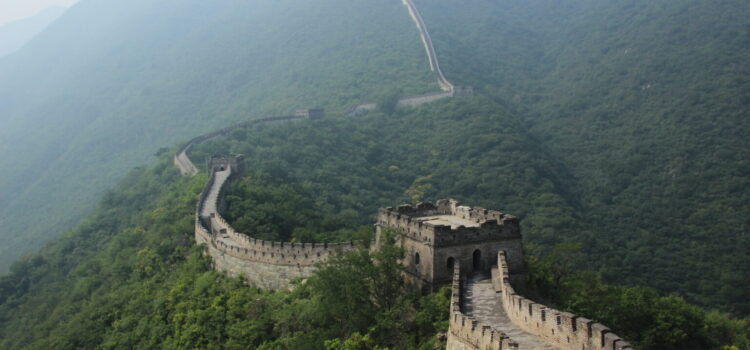

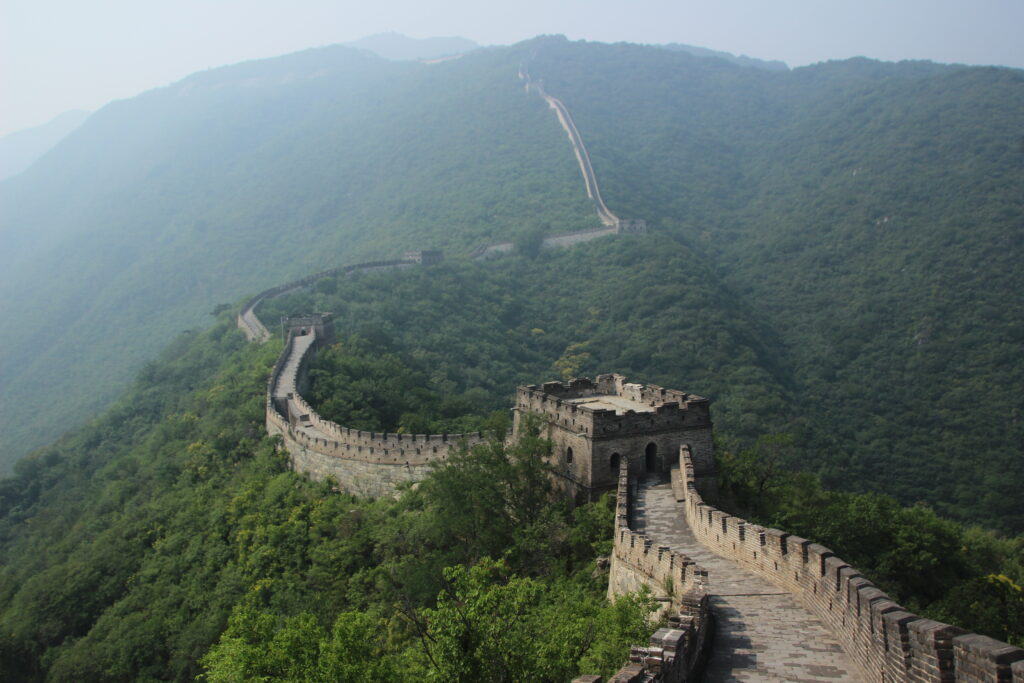
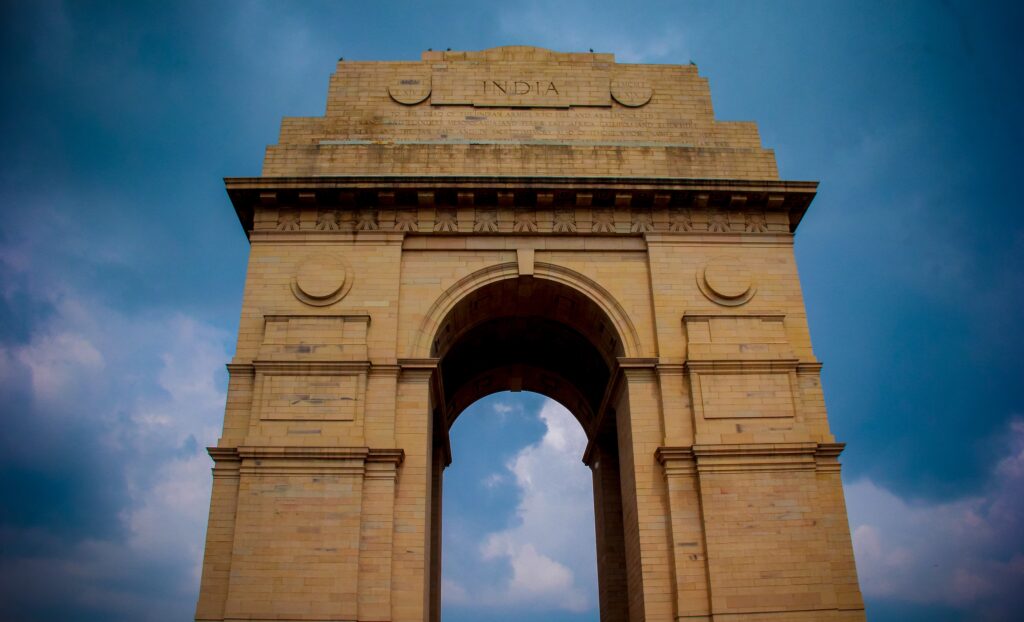
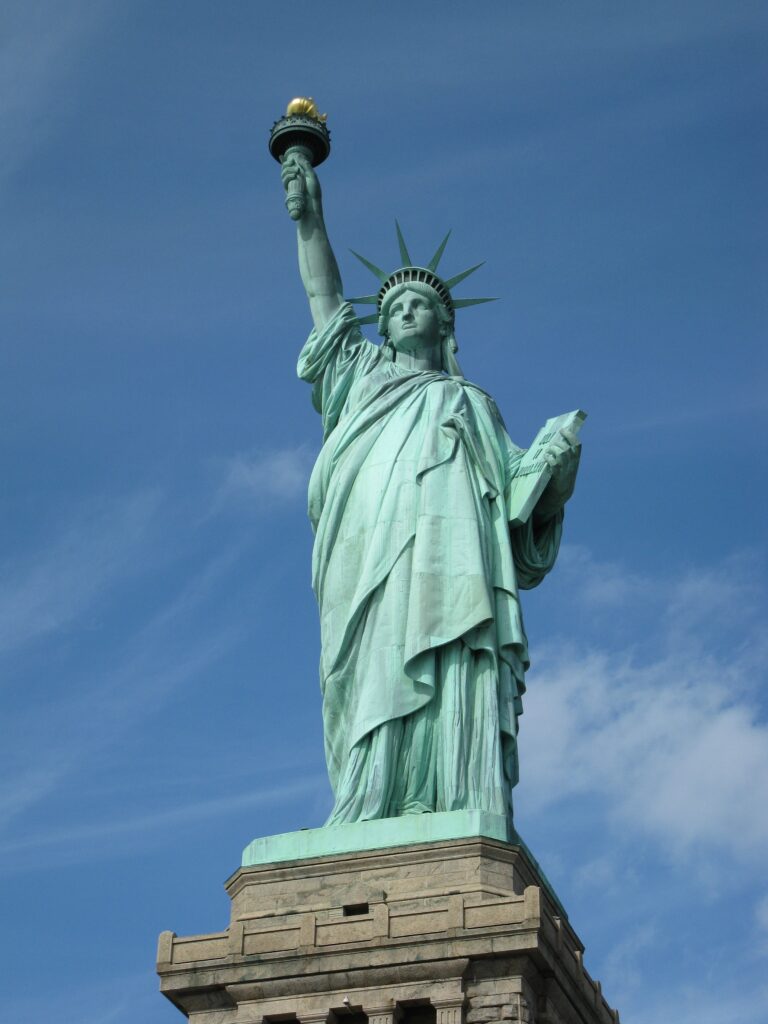
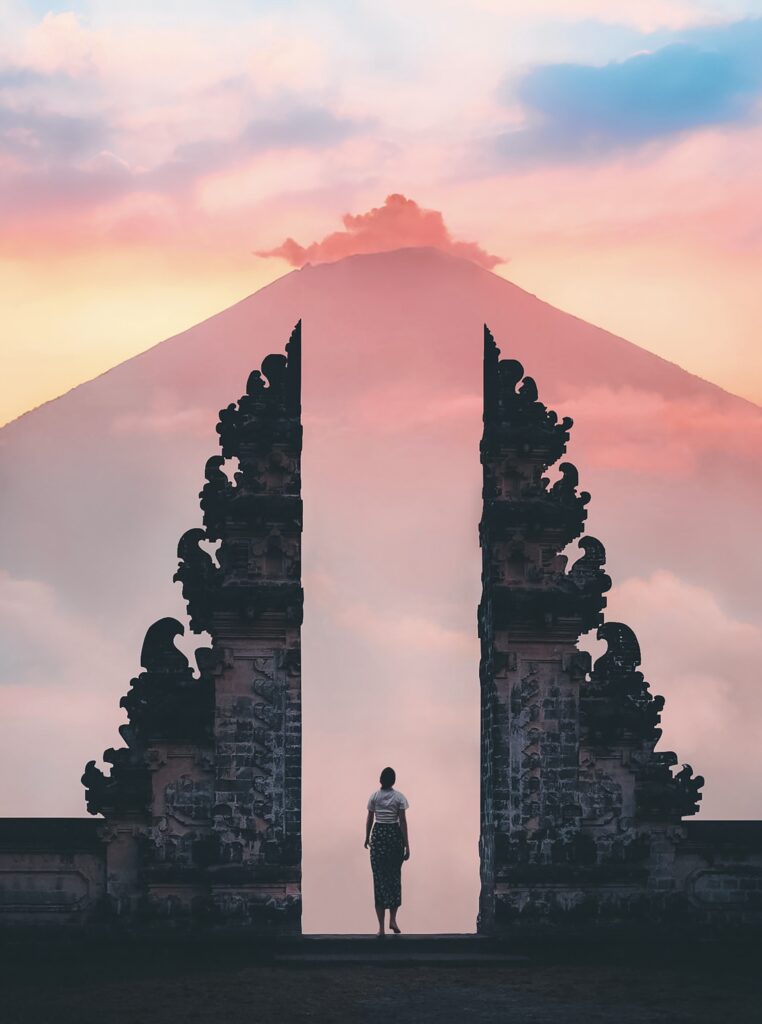
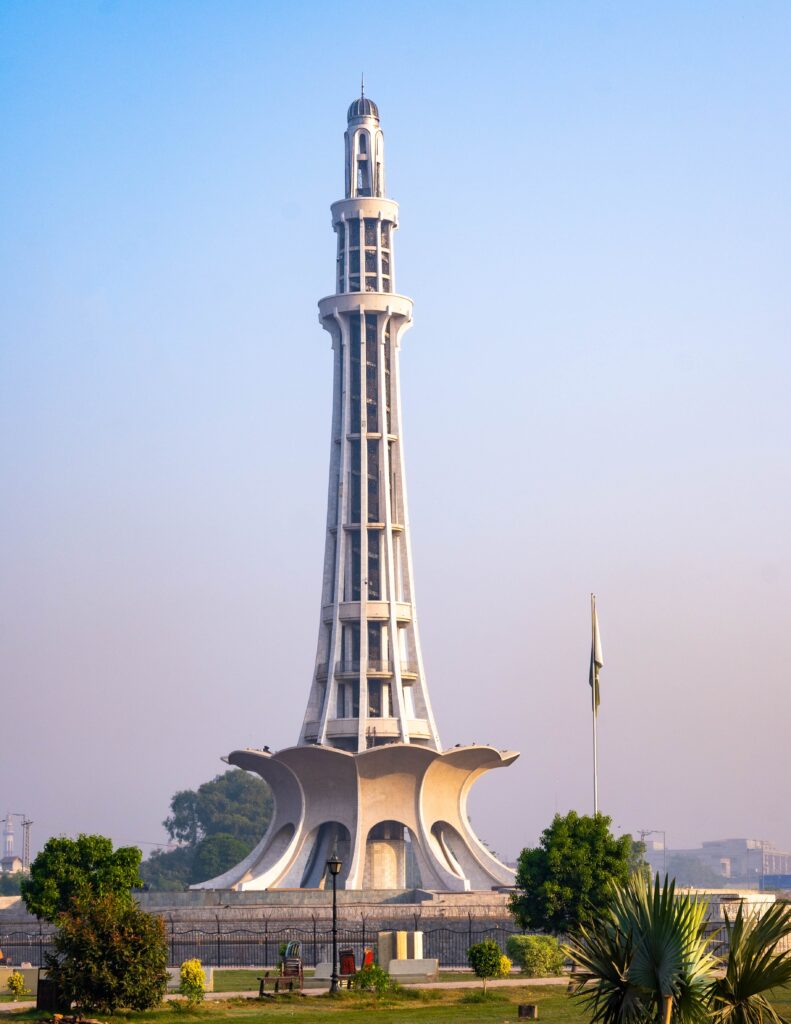
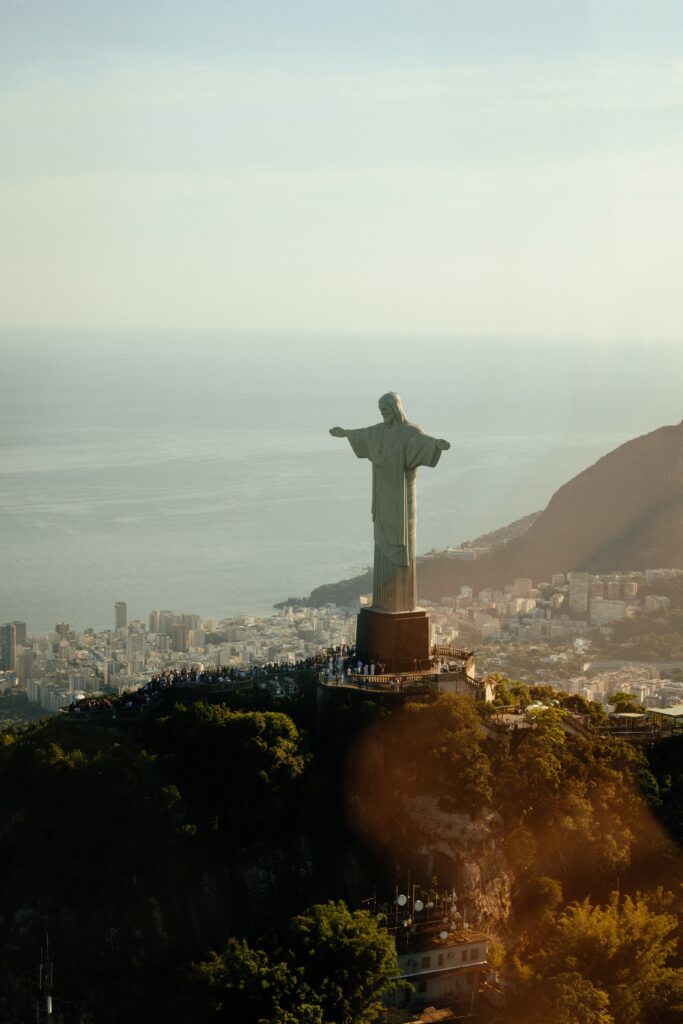
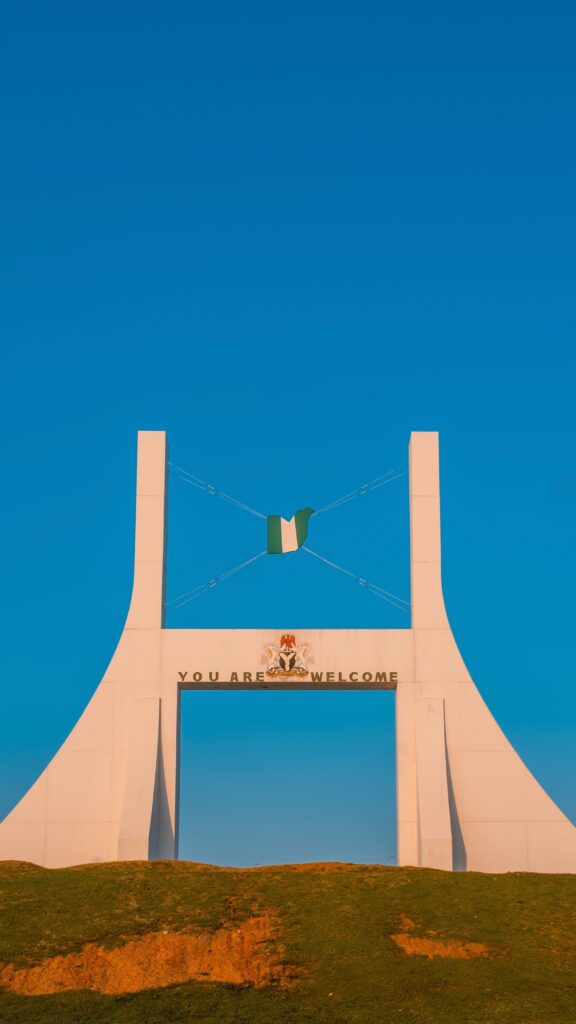
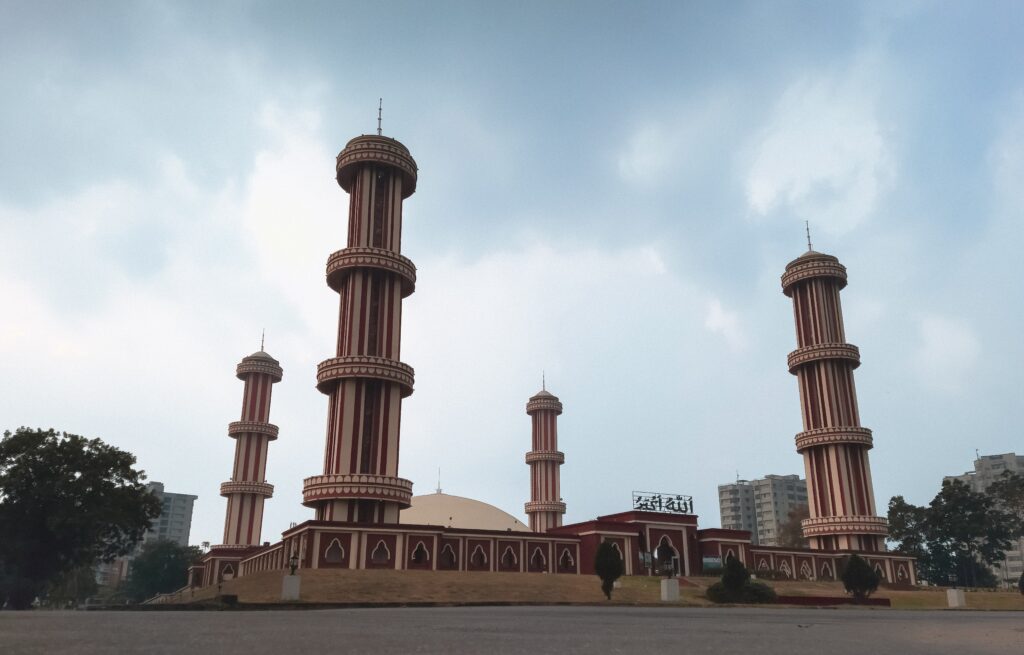
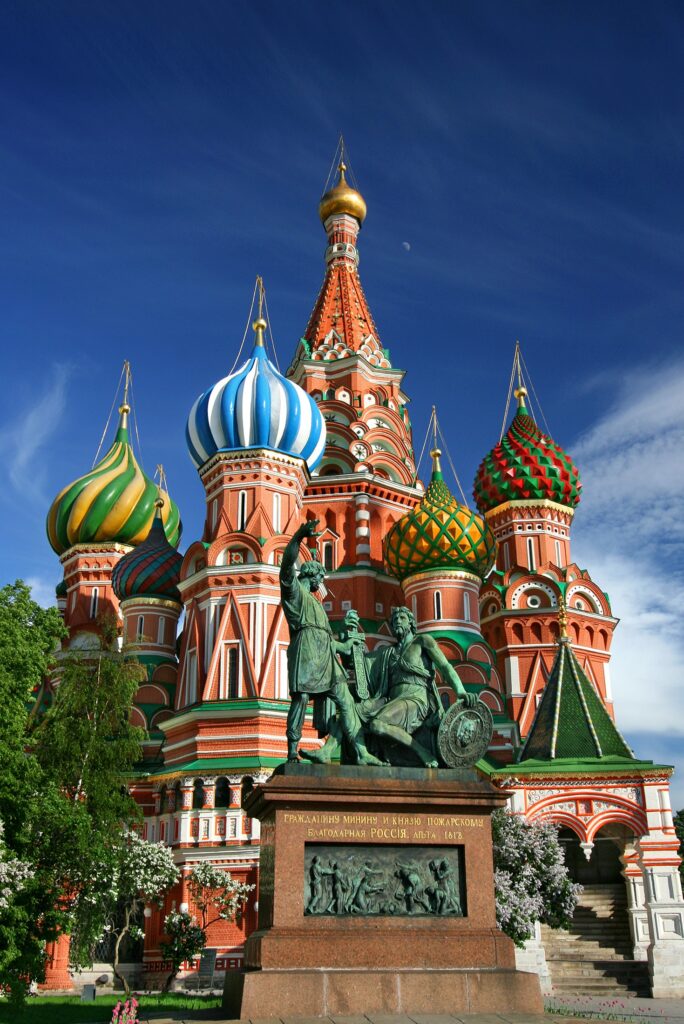
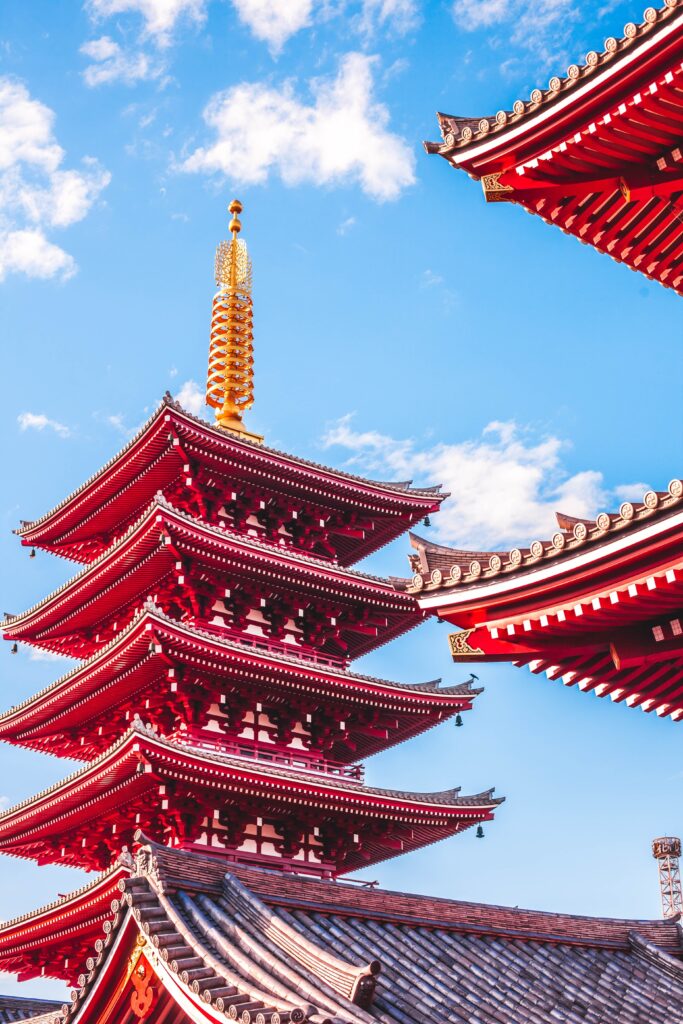


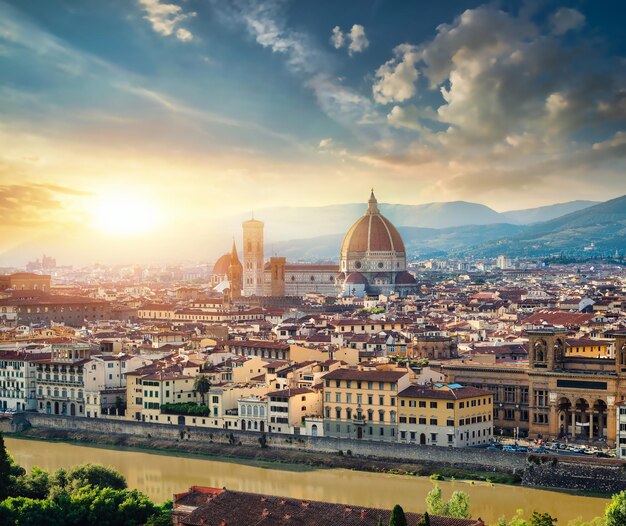

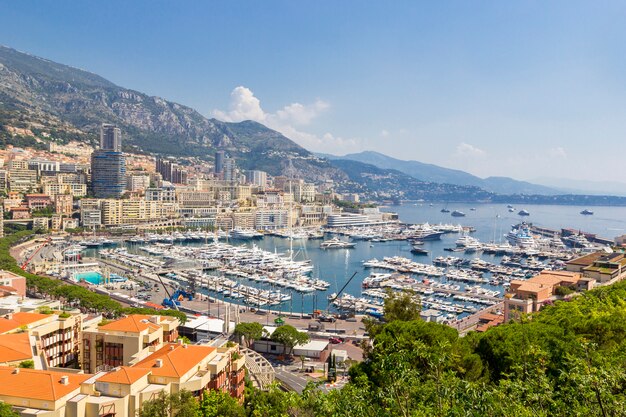
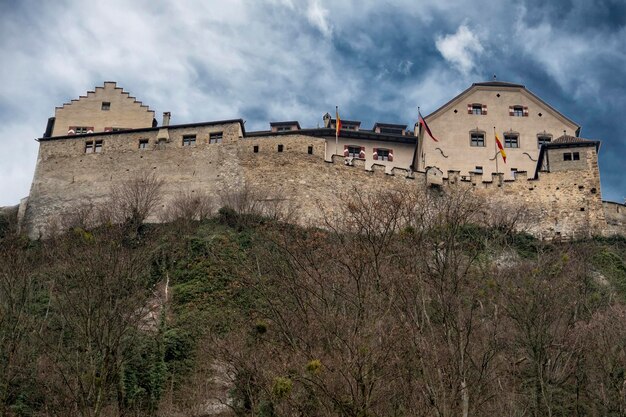
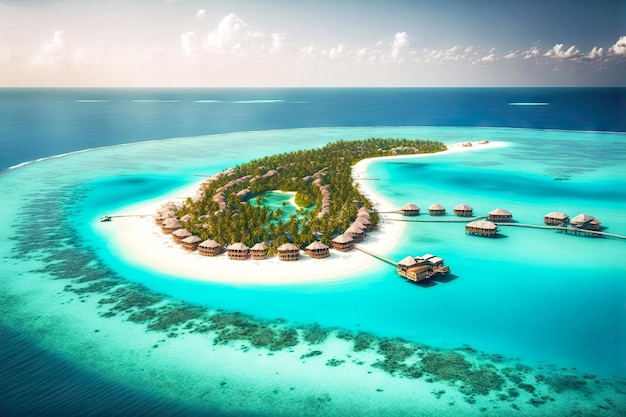

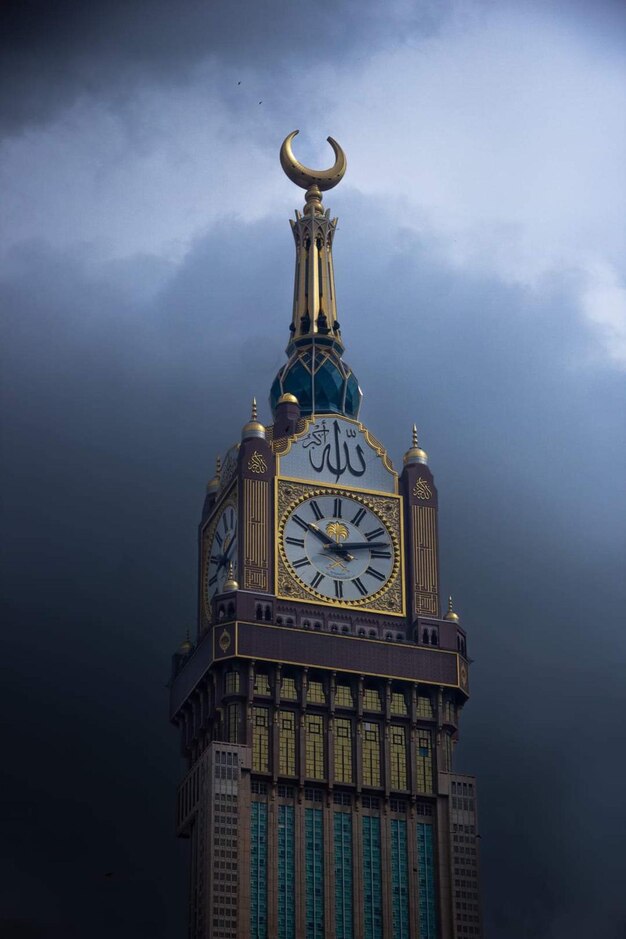
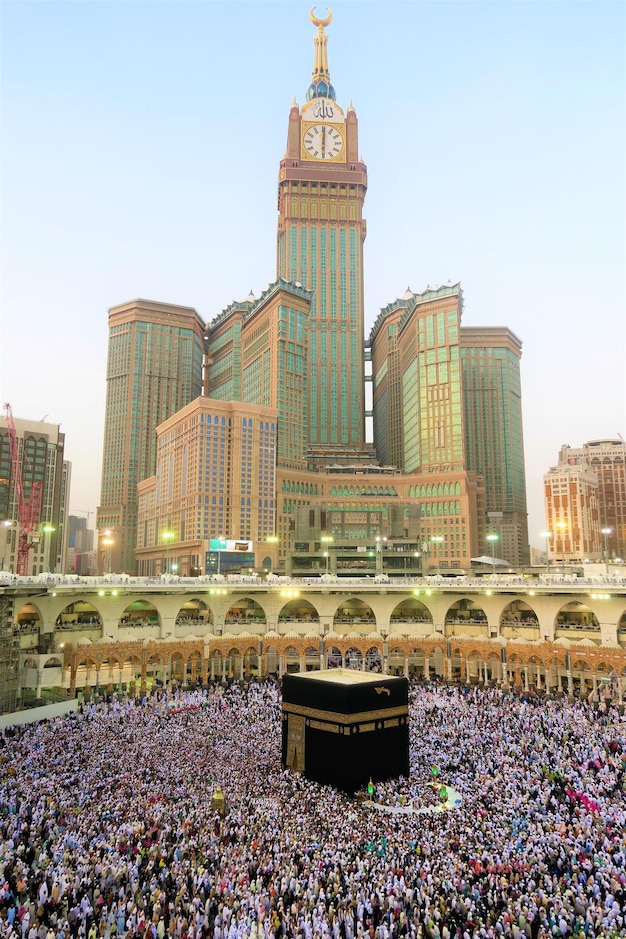
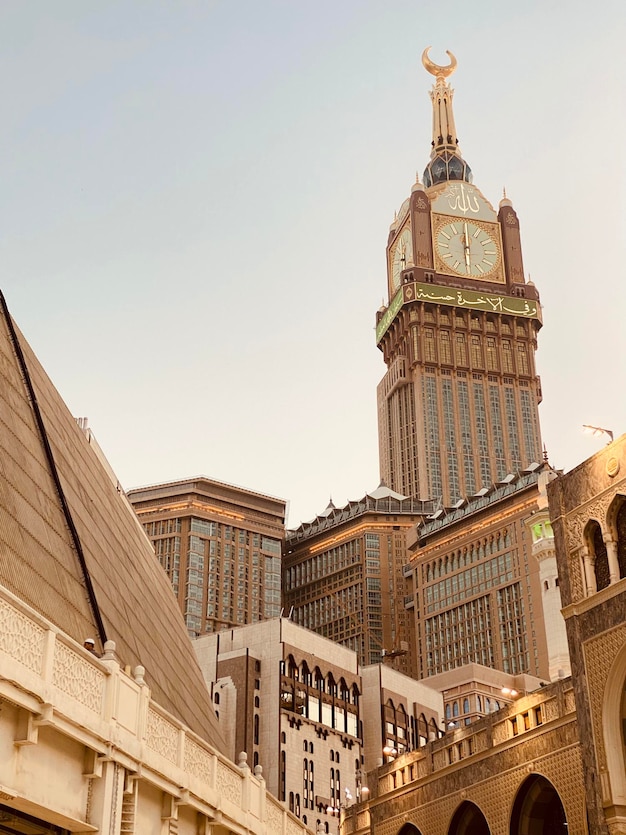
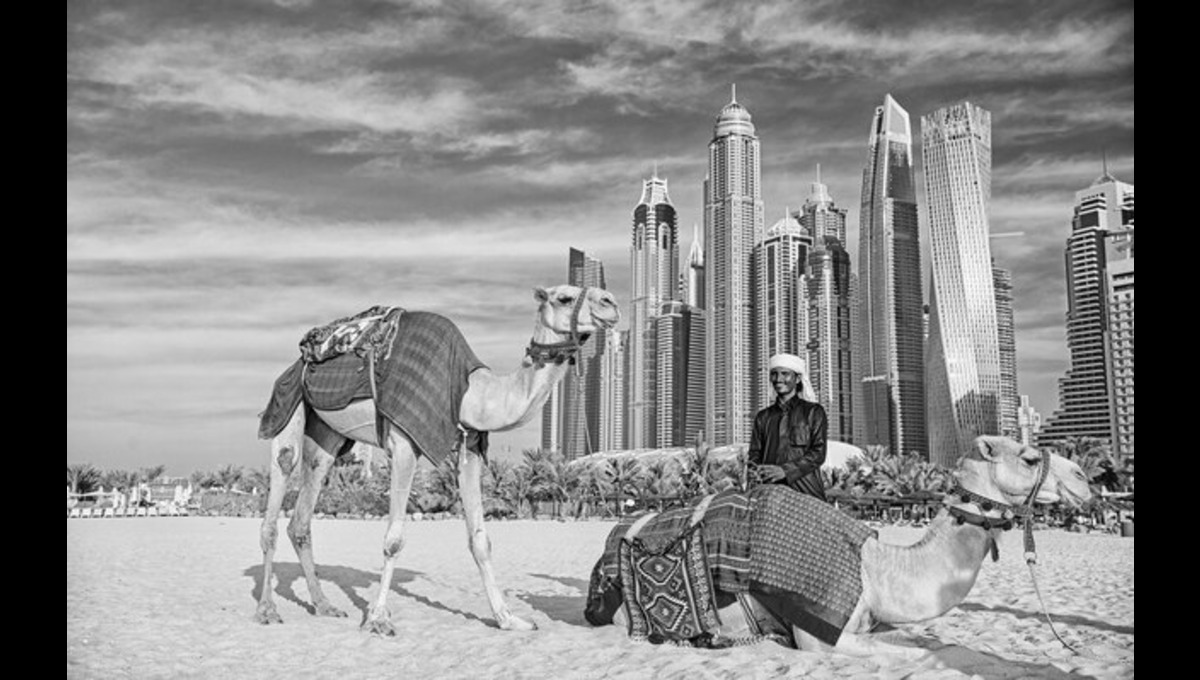
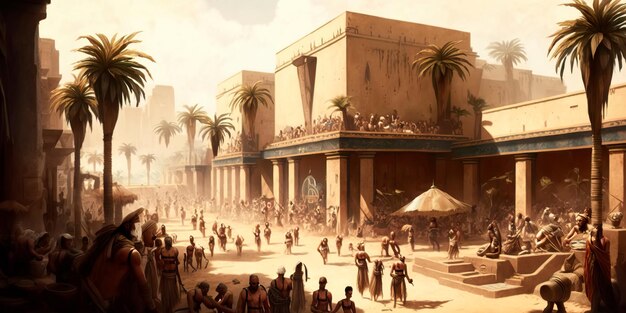


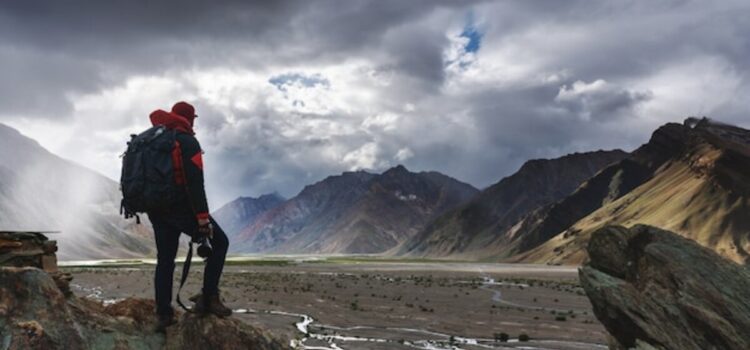
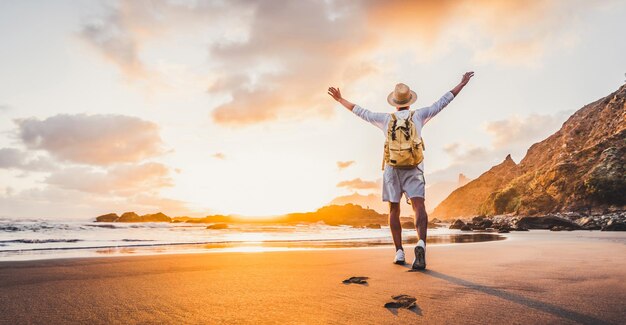
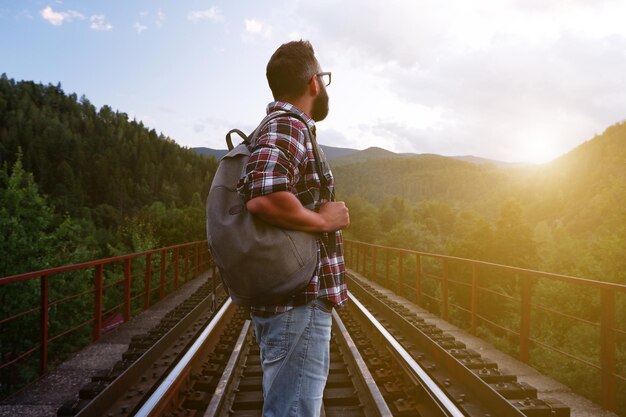
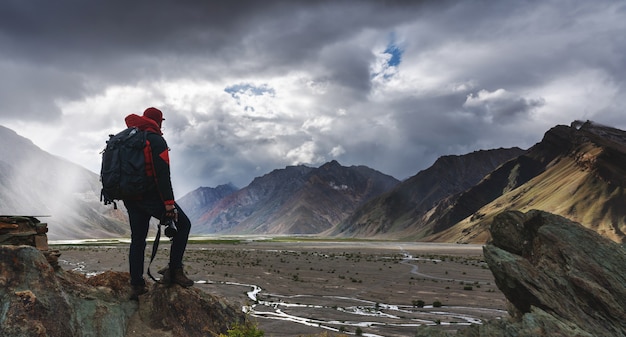
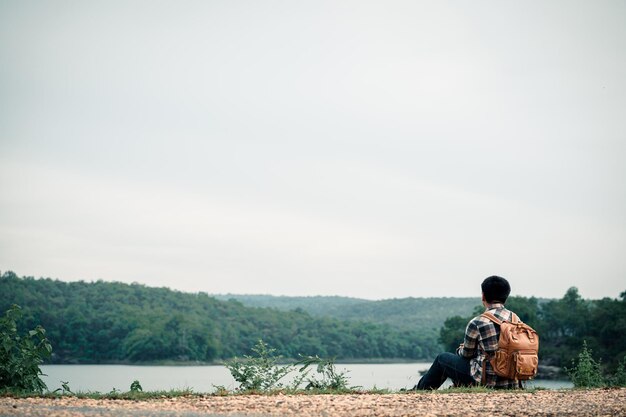
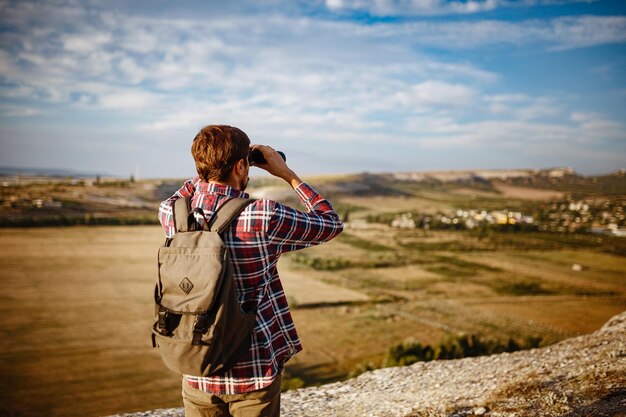

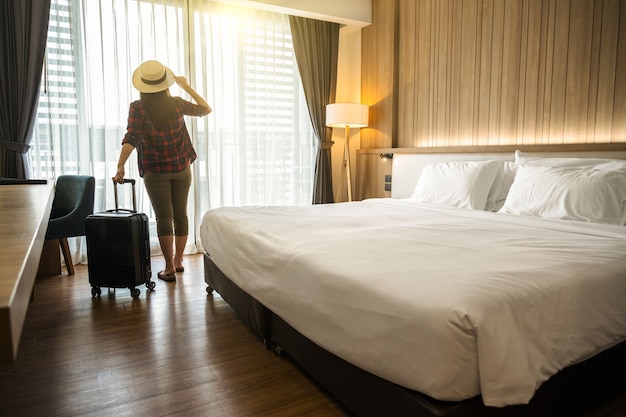

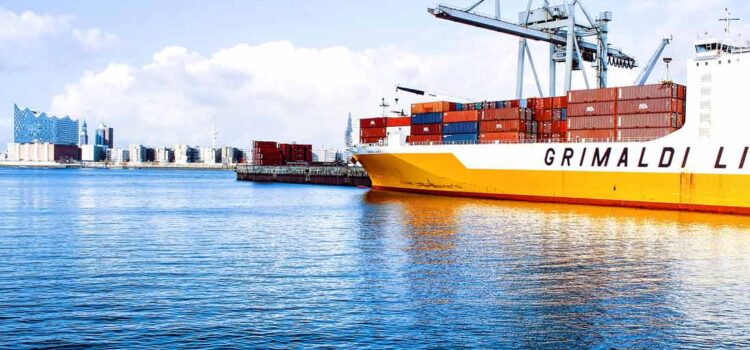

Comments
Here are 10 World’s Largest Cruise Ships
Here are 10 World’s Largest Cruise Ships
From Love to Longing: 10 Surprising Reasons of Marital Disconnection
Unveiling the Surprising facts about Zulfiqar Ali Bhutto
Unveiling the Surprising facts about Zulfiqar Ali Bhutto